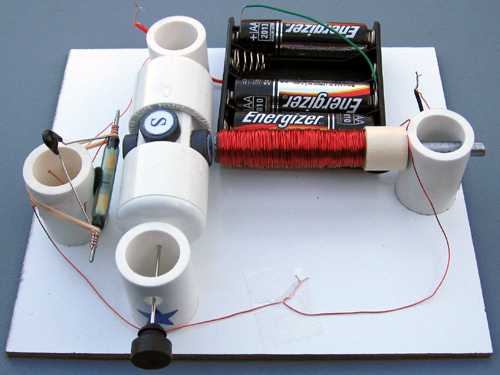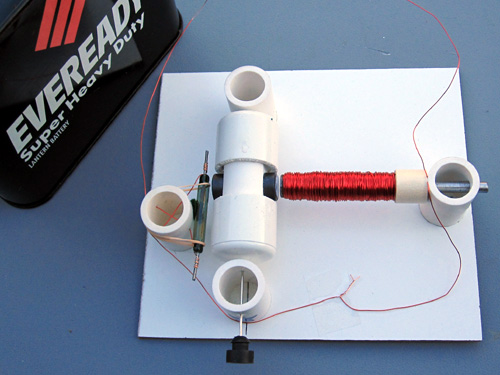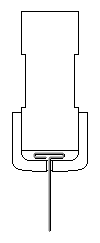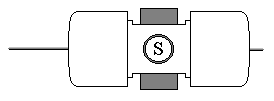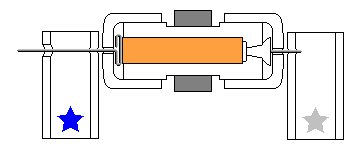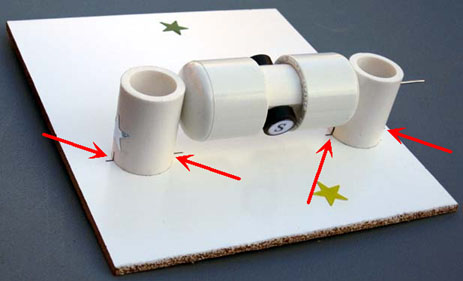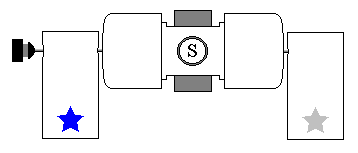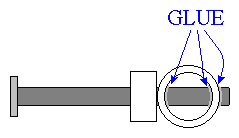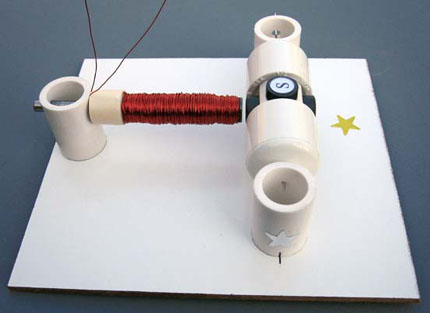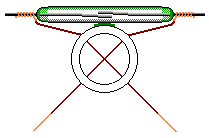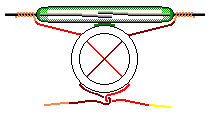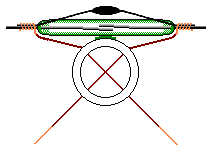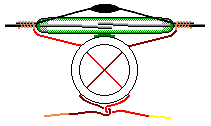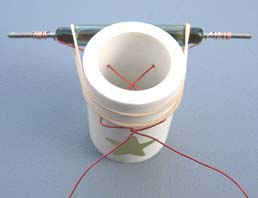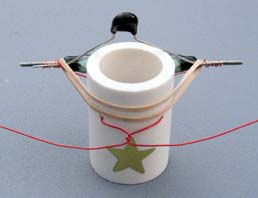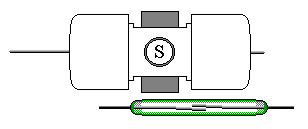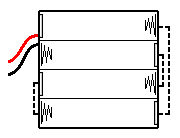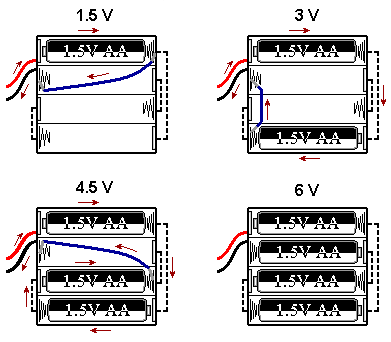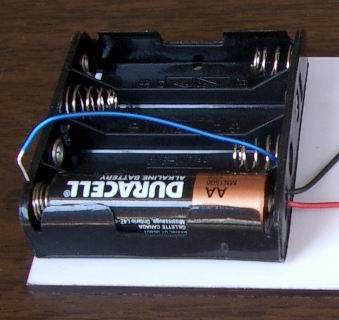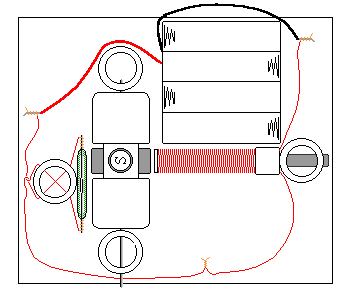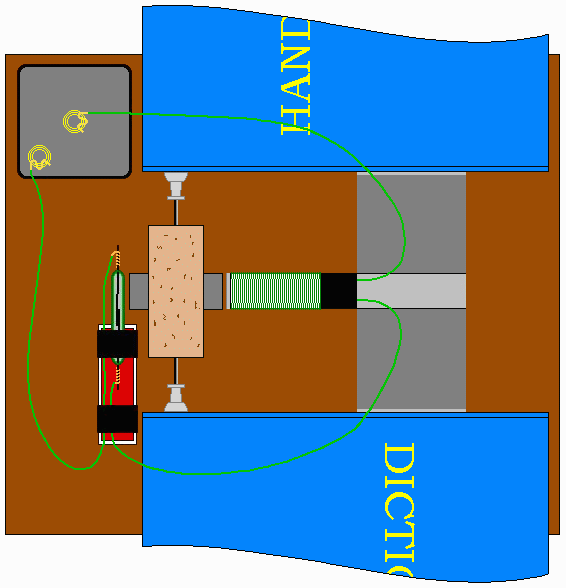Mungkin bagi sebagian pembaca Jam
Digital merupakan hal yang sangat sederhana atau sudah terlalu umum,
tapi dari Jam Digital bisa dipelajari prinsip-prinsip dasar
kontrol dengan microcontroller, antara lain sistem tampilan 7 ruas dan pemakaian timer.
Klik pada gambar untuk ukuran sebenarnya
Rangkaian
lengkap Jam Digital ini terlihat pada Gambar 1, dilengkapi 4 buah
tampilan 7 ruas LED untuk menampilkan waktu, terdiri atas
angka-angka puluhan jam, satuan jam, puluhan menit dan satuan menit.
Tombol SW1 dan SW2 dipakai untuk mengatur tampilan waktu, saat SW1 ditekan angka pada tampilan jam akan bertambah setiap detik, sedangkan SW2 dipakai untuk mengatur angka tampilan menit dengan cara yang sama.
Kristal 12 MHz dan kapasitor C1 dan C2 membentuk rangkaian oscilator pembangkit frekuensi kerja AT89C2051, rangkaian ini merupakan rangkaian baku,
artinya bentuk rangkaian oscilator ini selalu seperti ini untuk
semua rangkaian AT89C51, kecuali untuk keperluan yang lain nilai
kristalnya saja yang mungkin berbeda.
Melihat
rangkaian pada Gambar 1, memang tidak bisa dijelaskan bagaimana
Jam Digital ini bekerja, karena rangkaian itu hanyalah bagian tampilan
dan tombol pengatur waktu waktu saja, ‘Jam’ yang sesungguhnya
berupa program yang disimpan di dalam ROM yang ada di dalam IC
AT89C2051.
Program lengkap Jam Digital ini, berikut dengan gambar skema dan gambar PCB dalam format OrCAD 9, bisa download disini
![[WaterPump.gif]](https://blogger.googleusercontent.com/img/b/R29vZ2xl/AVvXsEiixO3ZJKhJAxYV-ZcNhAcS4MvL2vUg4TRe1C_IjKs1SBFu1j1evDP1JSiZk1HiJqkUM1Vdk4j0_wNSRXx76L1ax7mHrnTuSnO4_zRlfzLt_CFNaJnkyUY8JPTTeHMSOvJvxzKBc0BY5qw/s1600/WaterPump.gif)
